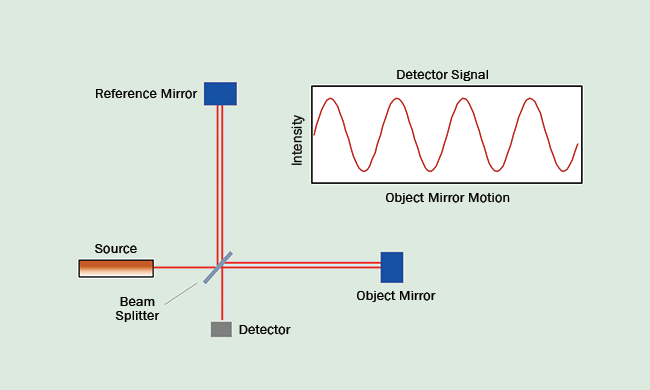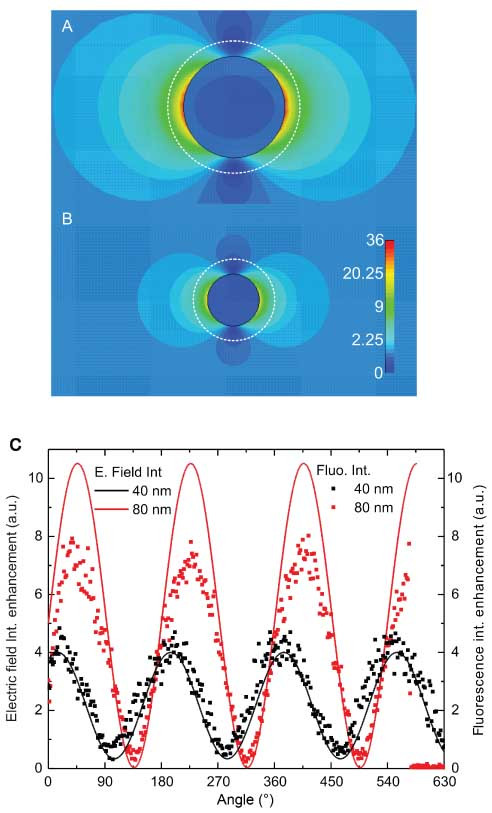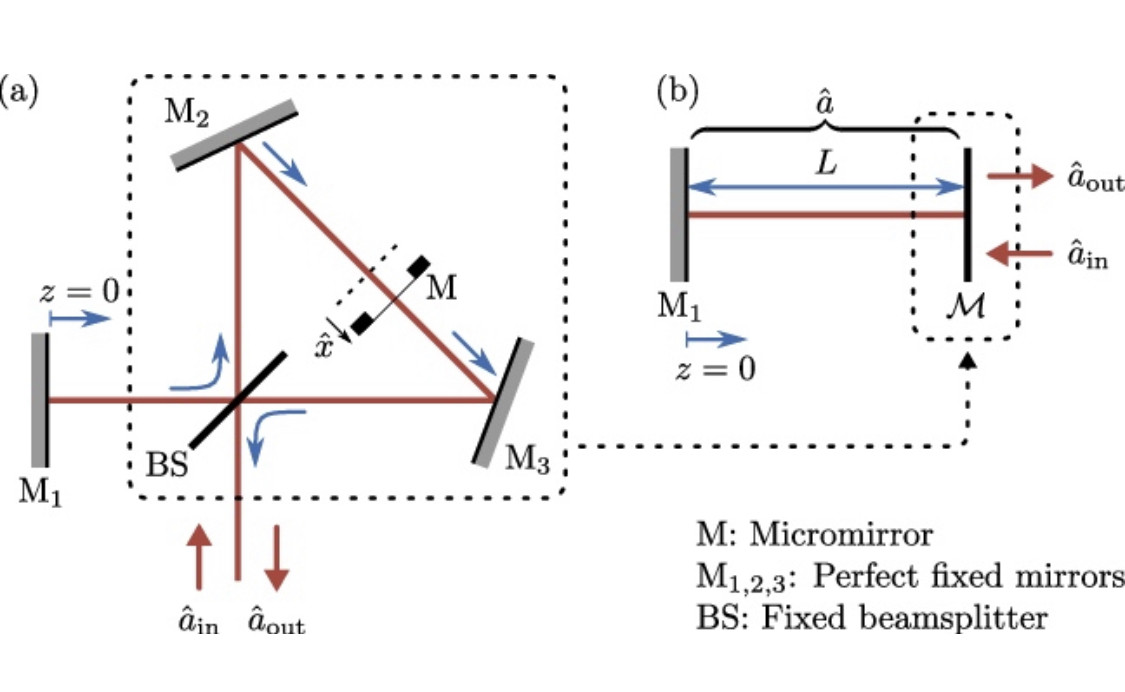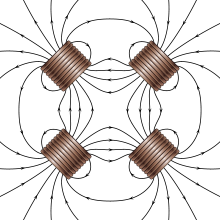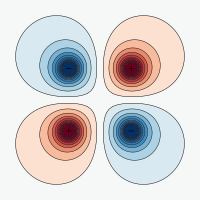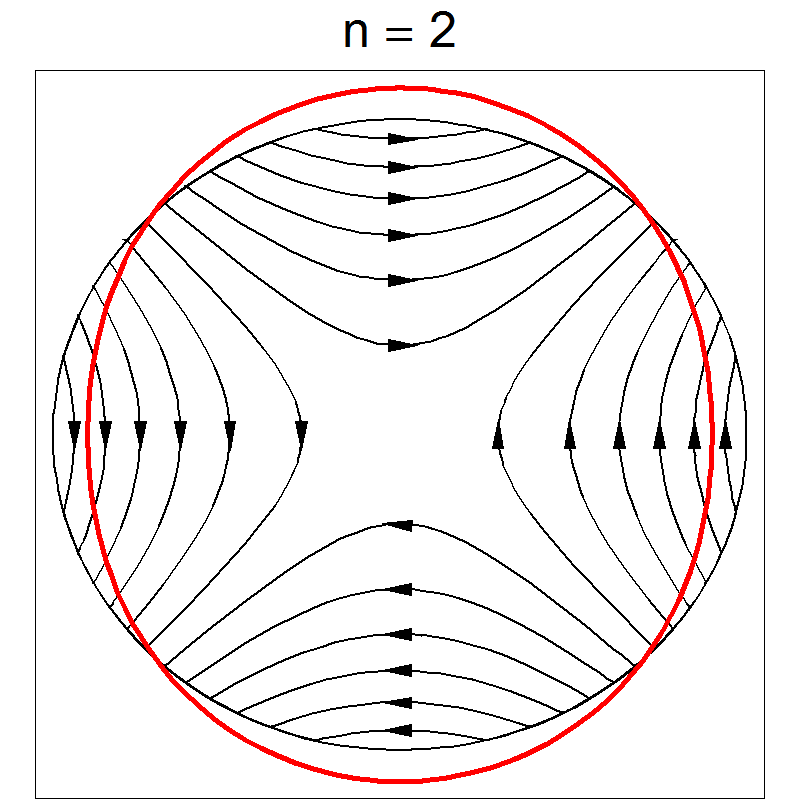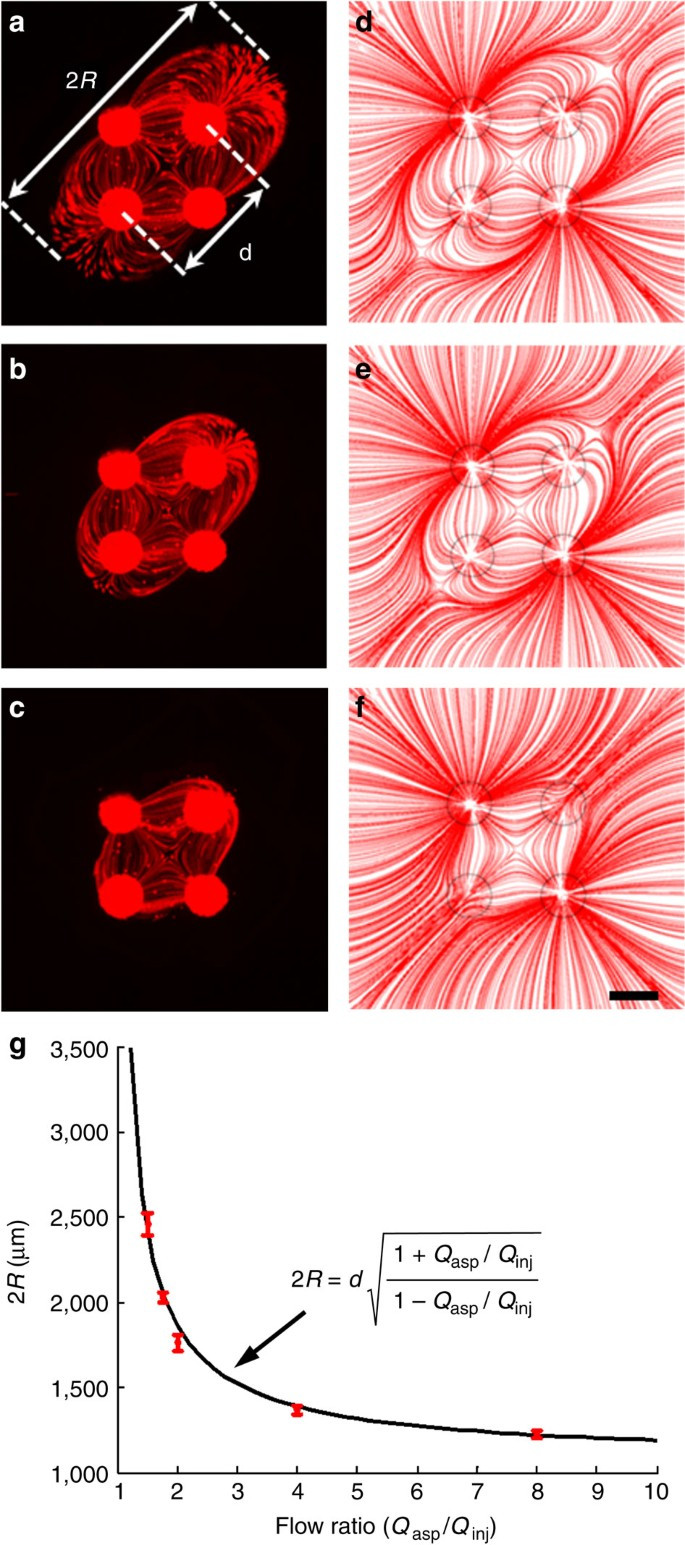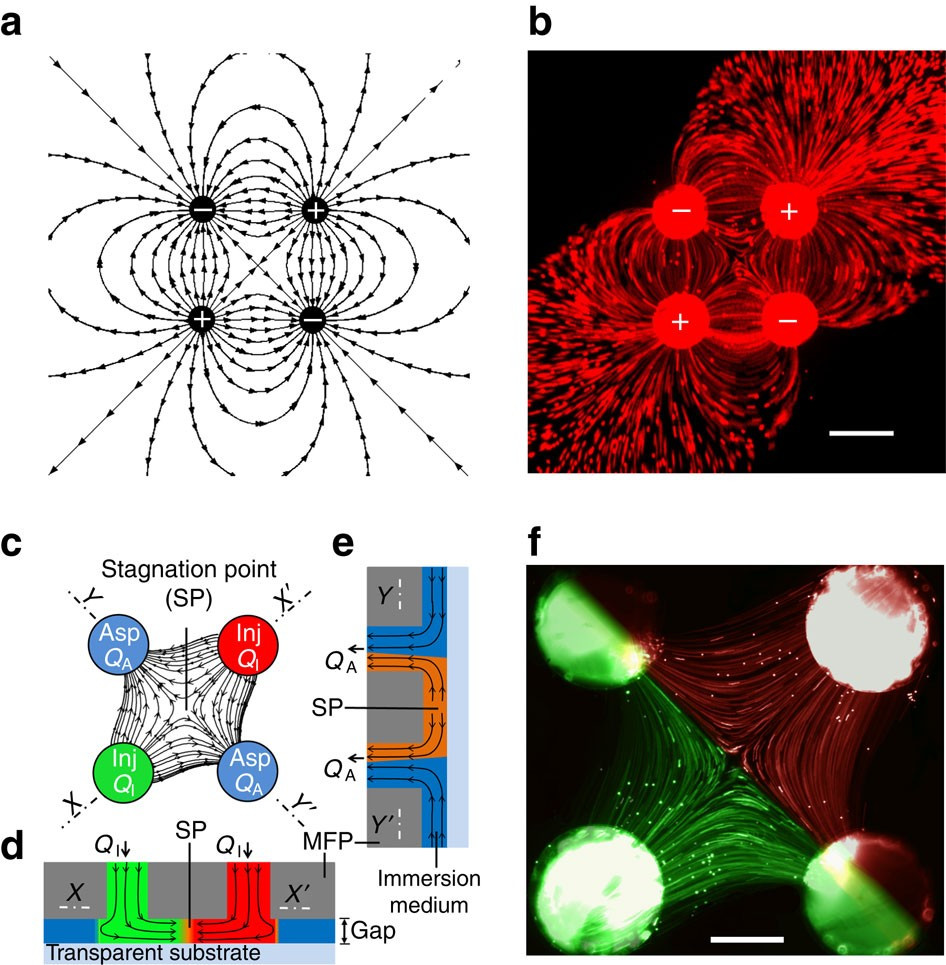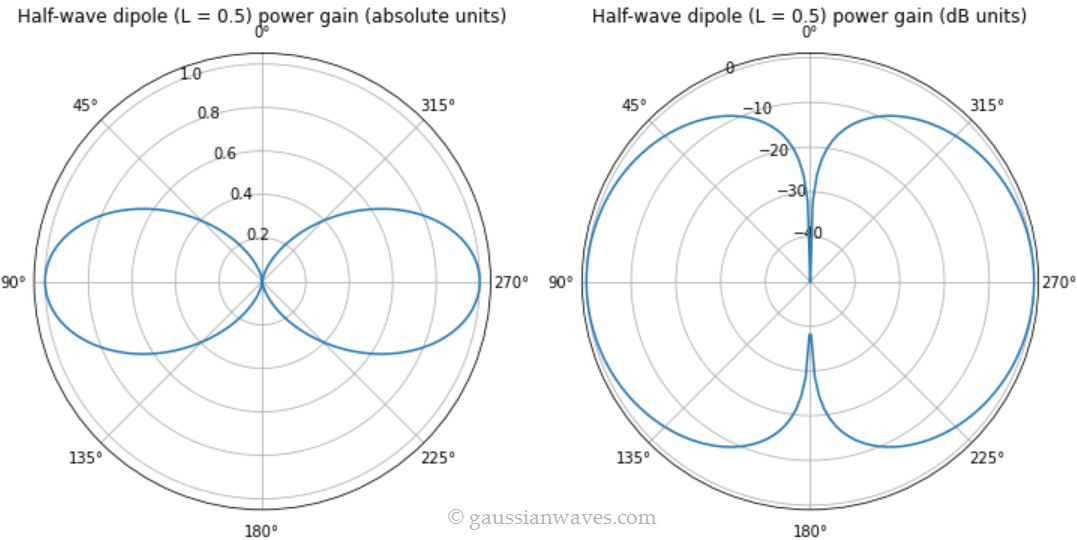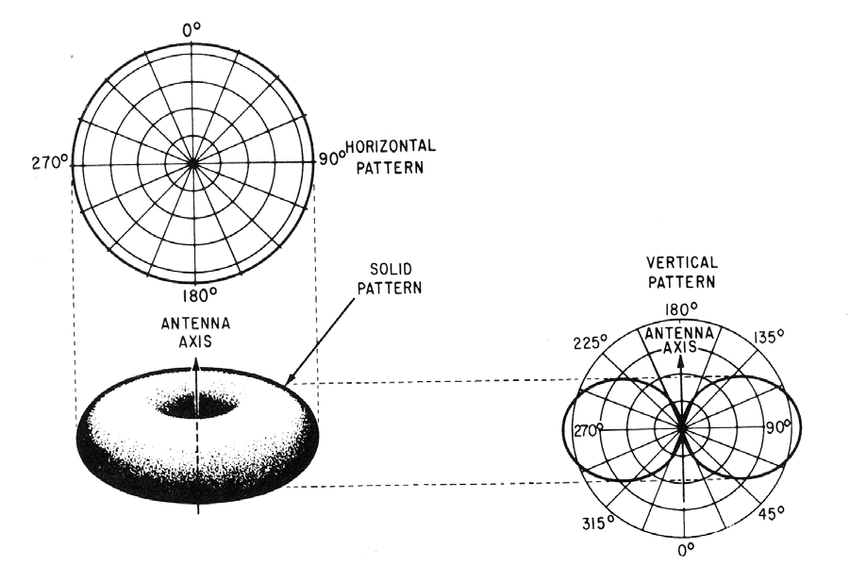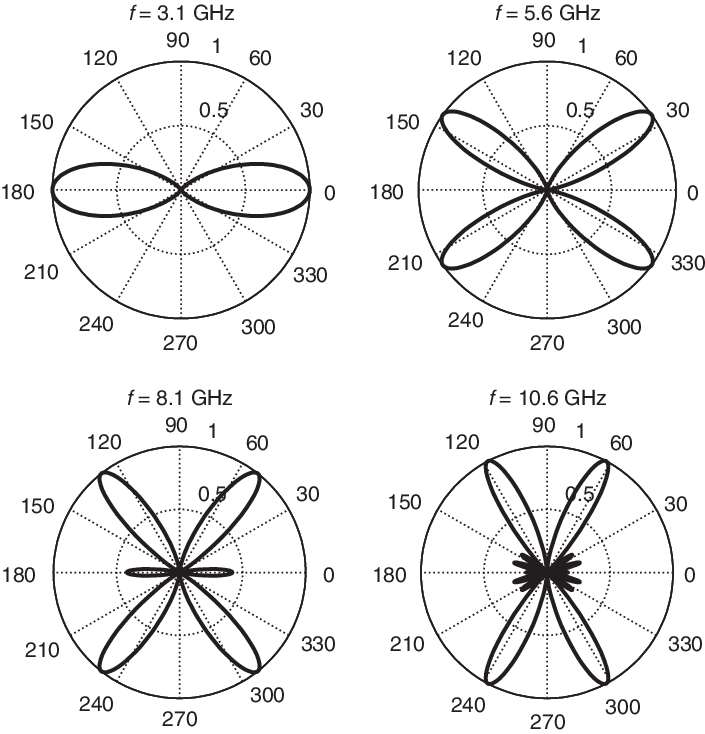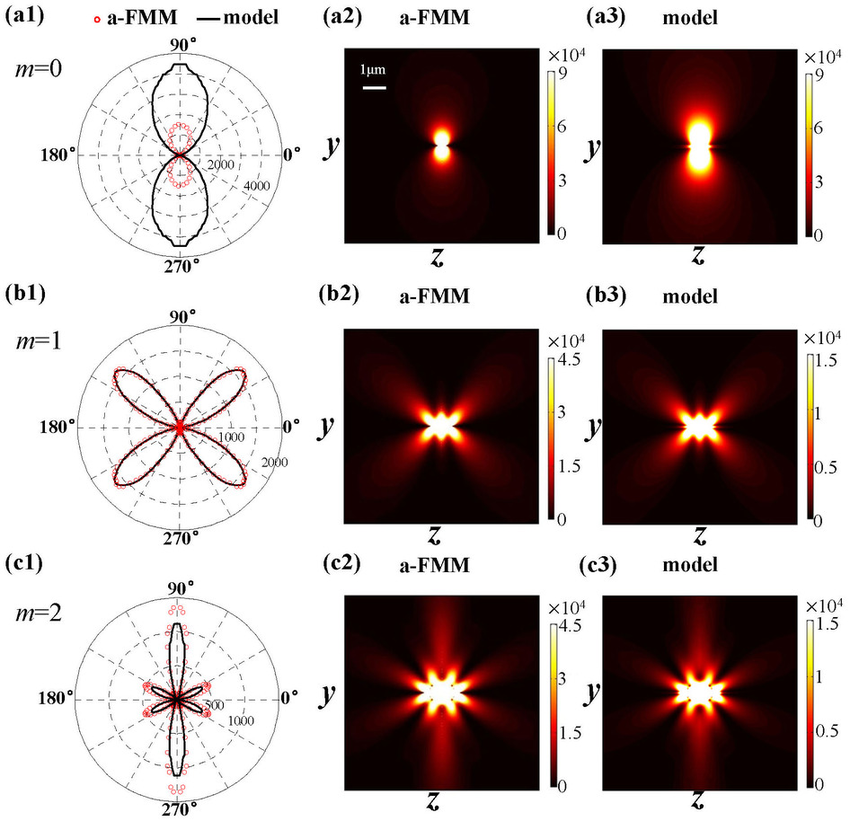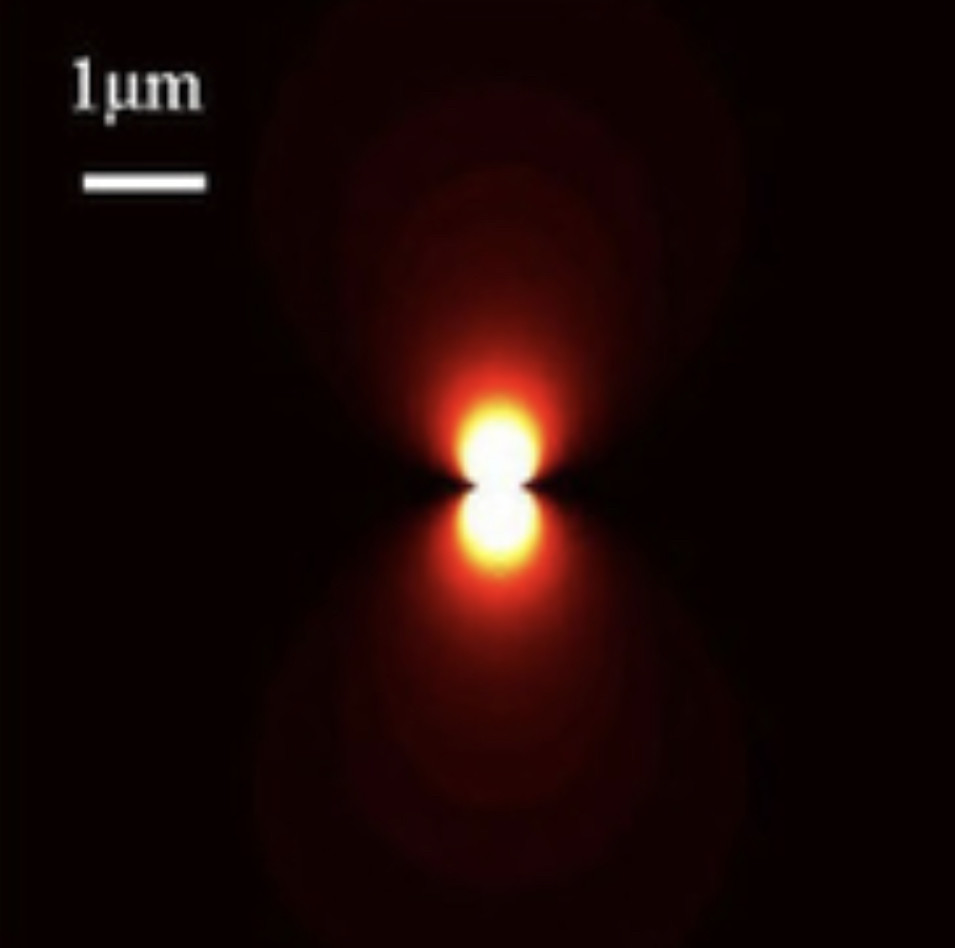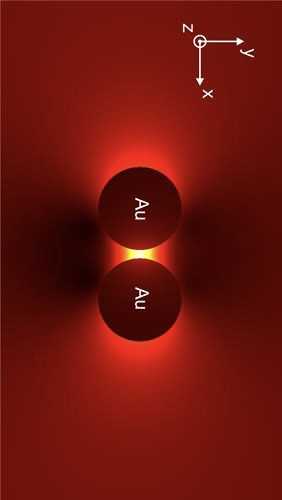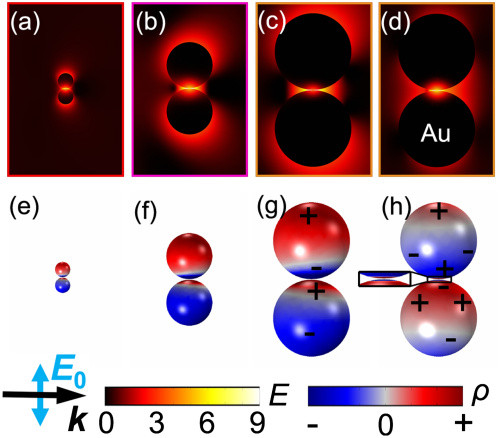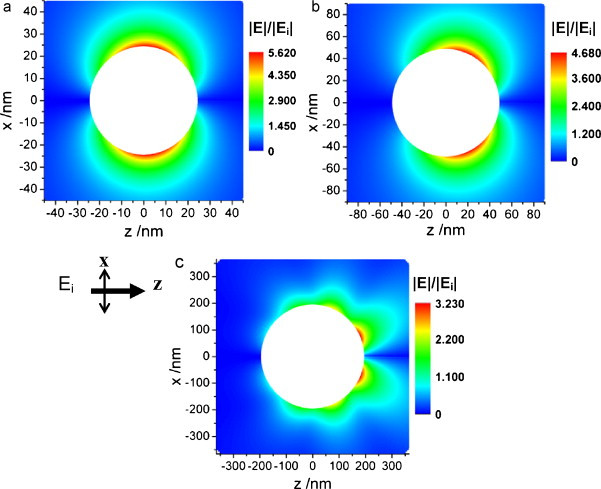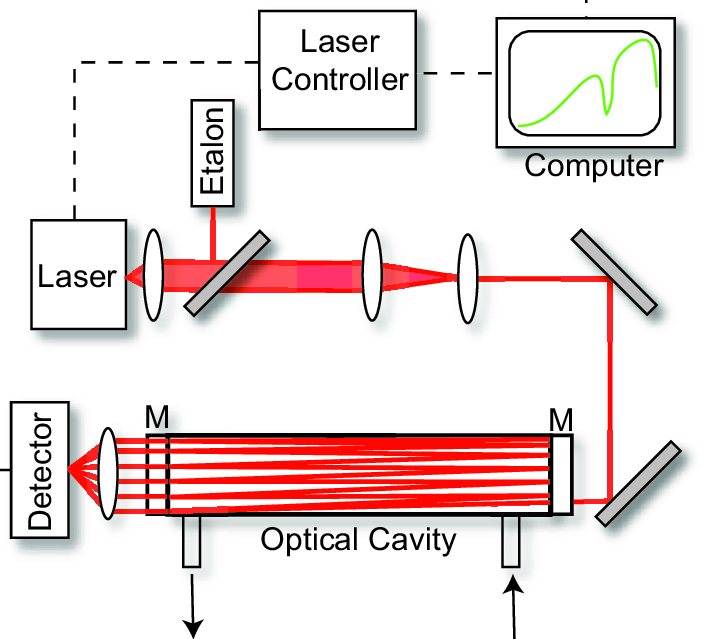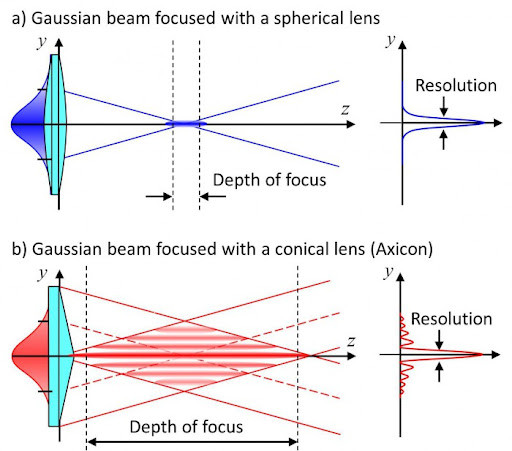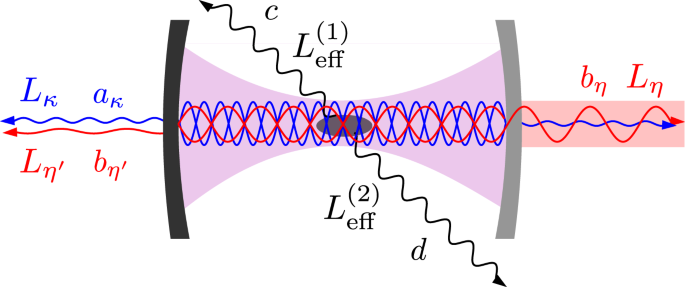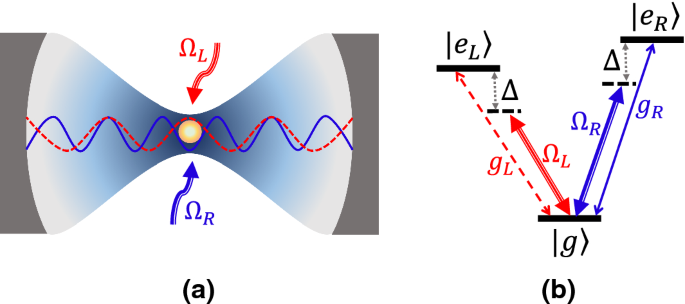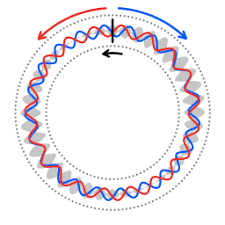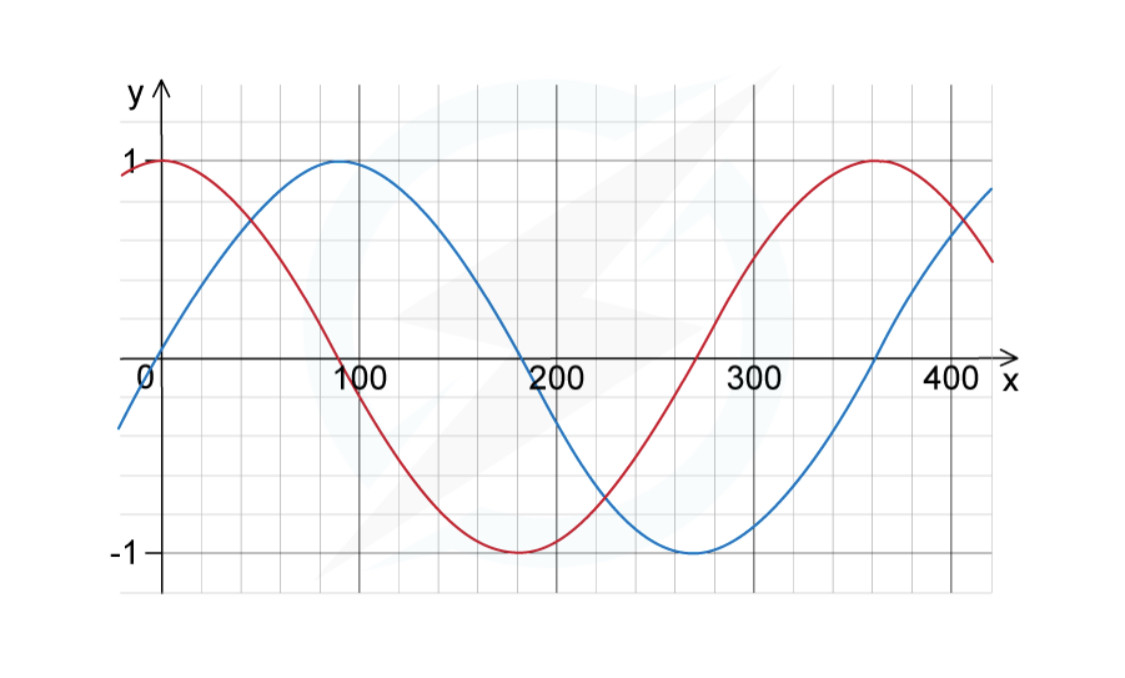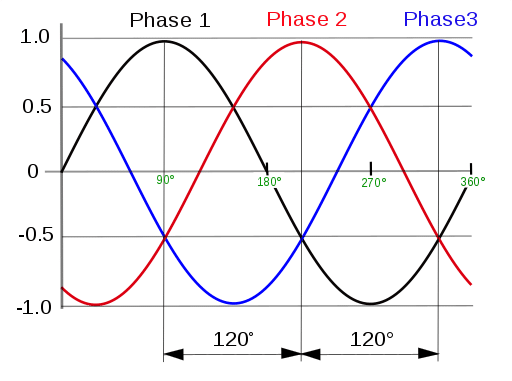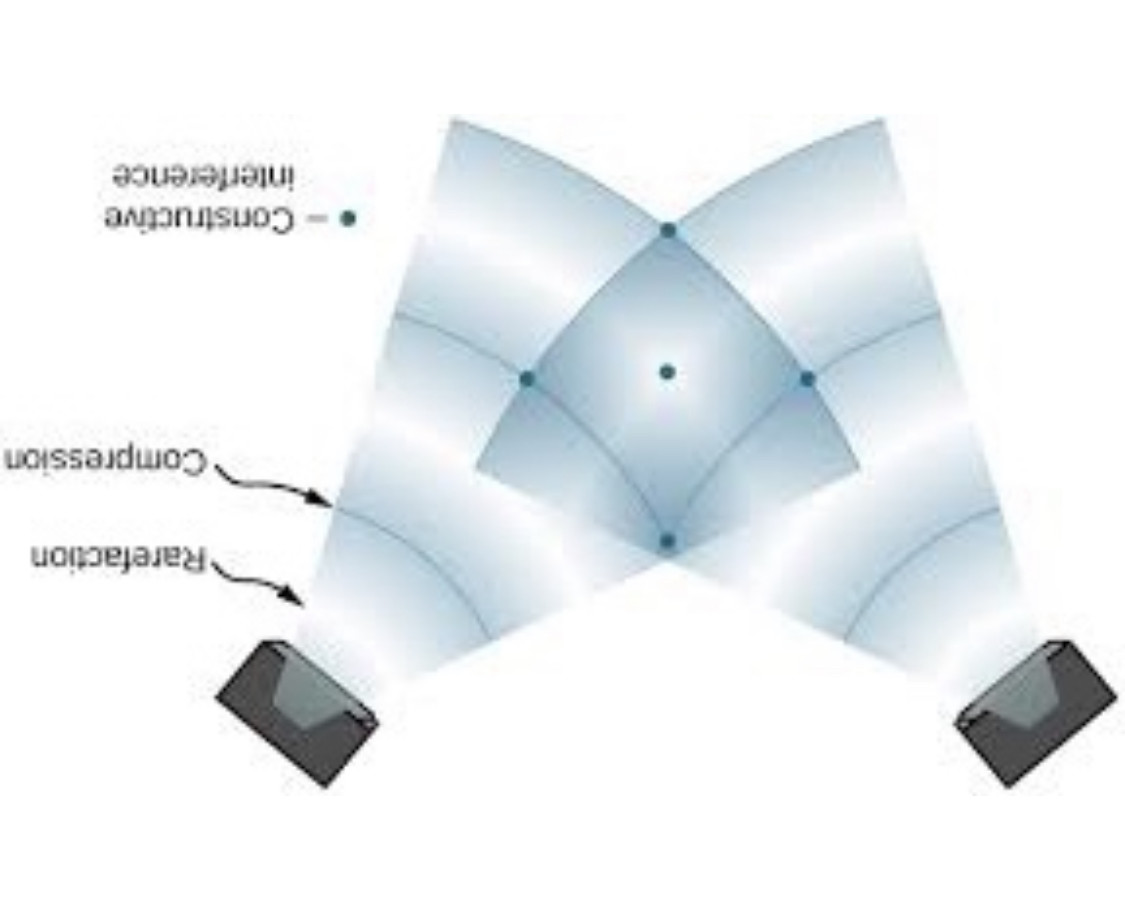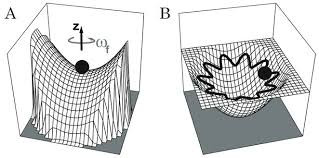mouth
Origin
Old English mūth, of Germanic origin; related to Dutch mond and German Mund, from an Indo-European root shared by Latin mentum ‘chin’.
Jas 3:3 Behold, we put bits G5469 in the horses' mouths, that they may obey us; and we turn about their whole body.
khal-ee-nos'; from G5465; a curb or head-stall (as curbing the spirit):—bit, bridle.
G4750
stom'-a; mouth-the mouth, as part of the body: of man, of animals, of fish, etc.
since thoughts of a man's soul find verbal utterance by his mouth, the "heart" or "soul" and the mouth are distinguished
the edge of a sword
Sword/Words
Natural frequency, also known as eigenfrequency, is the frequency at which a system tends to oscillate in the absence of any driving or damping force.
The motion pattern of a system oscillating at its natural frequency is called the normal mode (if all parts of the system move sinusoidally with that same frequency).
If the oscillating system is driven by an external force at the frequency at which the amplitude of its motion is greatest (close to a natural frequency of the system), this frequency is called resonant frequency.
Crossed S W or Ds
Bidirectional ringing?
Ringing-G1837 exēchéomai, ex-ay-kheh'-om-ahee; middle voice from G1537 and G2278; to "echo" forth, i.e. resound (be generally reported):—sound forth.
1Th 1:8 And now the word of the Lord is ringing out from you to people everywhere, even beyond Macedonia and Achaia, for wherever we go we find people telling us about your faith in God. We don’t need to tell them about it,
"to sound, roar" (compare Old English bellan "to roar," and see bellow).
fom def.above G2278-in the following manner: roaring sounding
This review describes the fundamental aspects of laser–gold nanoparticle (Au NP) interaction that leads to nanoscale energy deposition to the surroundings through light amplification and heat generation. Besides the importance of the primary process in physics and chemistry, application of the light–NP interaction has attracted significant interest from various areas ranging from analytical chemistry to material chemistry and biomedicine. Here we consider both mechanistic and application aspects. Our attention is focused on pulsed-laser-induced fast processes that revealed the heating–cooling dynamics of electrons, lattice (particle), and particle's environment. On the application side, we focus on material fabrication and processing that beat diffraction-limited resolution.
Together, we will shed a light on
the essence of research activities carried out in the past 10 years.
In addition to an abundance of latest information obtained from currently available literature, this review includes figures obtained by our own calculations to provide readers with a better understanding of the basics of the optical properties and energy and heat-transfer processes of Au NPs, which are not familiar to photochemists.
Highlights
► Mechanistic aspects of pulsed-laser-induced size reduction of colloidal gold nanopaticles. ► Interaction of pulsed lasers with gold nanopaticles leading to material fabrication and processing. ► Laser-induced photothermal process and related phenomena of gold nanoparticles. ► Plasmonic field enhancement of gold nanoparicles leading to various photochemical applications.
Now a certain man was sick, named Lazarus, of Bethany, the town of Mary and her sister Martha.
🙏🏻❤️🕯🕊
Picture 4. Image
The wave source has an angular velocity. The counterclockwise propagating wave is shifted to a lower frequency; the clockwise propagating wave is shifted up. The resultant wave has a beat frequency. The envelope of the beat frequency will have no angular velocity. A detector that is co-rotating with the wave source will detect beats in the signal.

